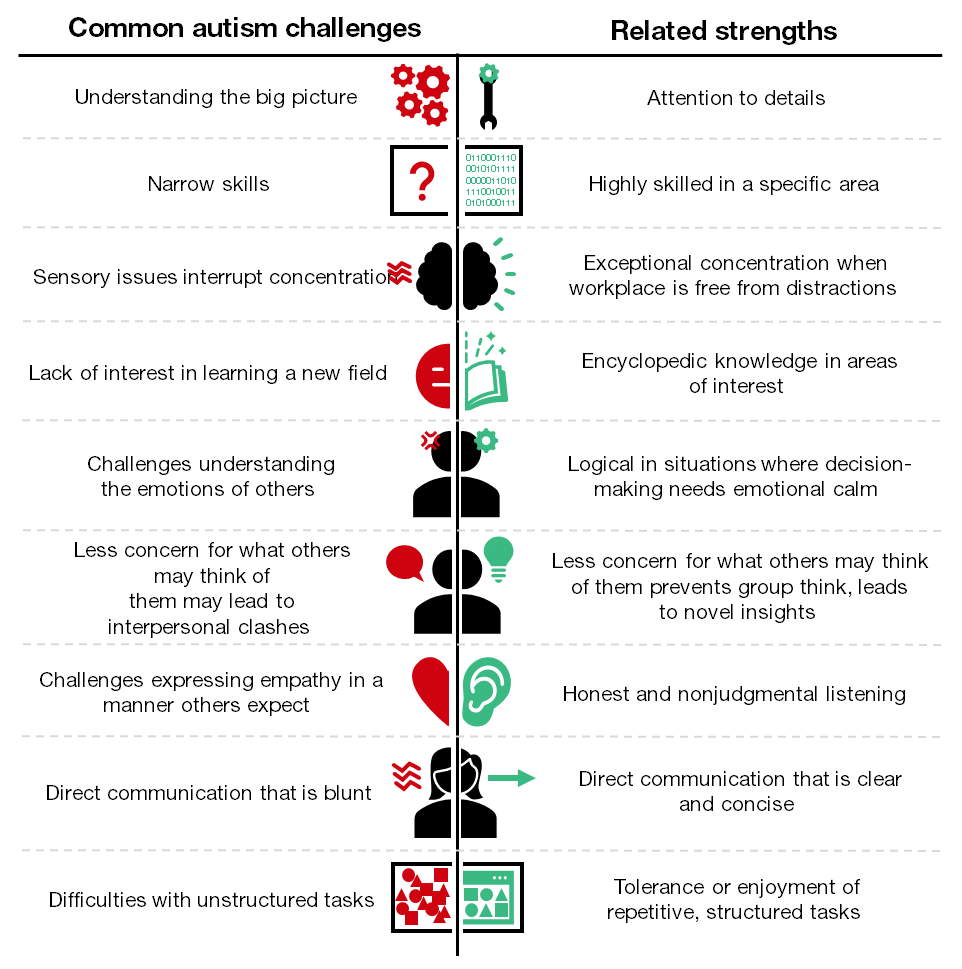The Goal Is To Activate Diversity, Not Just Tolerate It
Some of our diversity, equity, and inclusion (DEI) initiatives start and stop at the “representation acquisition pipeline” (or the attempt to hire more diverse people into the organization). This will inevitably lead to many ongoing challenges once you get them in the door. One of the main goals of inclusion is to access the collective strength of diverse perspectives, approaches, behaviors, processes, and pathways to success. This can only happen when you activate diversity by giving those variables intention, space, and permission.
Ways of working are not inherently good or bad; instead, they are more (or less) conducive to a specific work environment, culture, and an established set of behavioral norms. The future of the workforce calls for a reexamination of these norms in an effort to make space for different types of people to find success without having to conform so heavily.
In the recent report Expand Inclusion To Reach Autistic Talent, David Mooter and I discuss some of the perceived challenges of working alongside employees with autism. In each case, we can easily reposition the challenge as a strength by reframing the challenge, as shown in the image below for common autism challenges.

Reframe “Challenges To Solve For” As “Strengths To Activate”
Before writing off an employee as being “too distracted” in a busy office, you could listen and understand that they need silence to achieve the flow state required for their focused work. In this case, providing noise-canceling headphones or allowing the employee to choose where they work is a much more effective path forward than a performance improvement plan.
Train your people leaders to:
- Engage in active and continuous listening. Leaders won’t know about their teams’ untapped talents, barriers to success, or behaviors for success (for the individual employee) unless they are continuously soliciting that information. For ways to improve your organization’s listening strategy check out Build Your EX Practice On The Bedrock Of A Listening Strategy.
- Stop trying to clone people! Leaders must stop trying to recreate themselves or force their employees down the same path on which they had found success before. If you’ve built a diverse team, there will be (and should be) variations in how people perform the job and how the group reaches its goals. Lean into the fuzziness of activating employees and stop trying to clone sheep!
- Enable and activate instead of managing. It’s a simple mindset shift that’s difficult to do. Managing implies control, conformity, handling, and herding. If your goal is to manage people, you will never be able to truly see employees in a way that allows you to create space for them and their success — especially if the person falls outside of the social, cultural, or professional parameters that we often create. Instead of managing, try enabling, permitting, activating, co-creating, and building new pathways to success. We guarantee that this approach is better for every type of worker.








